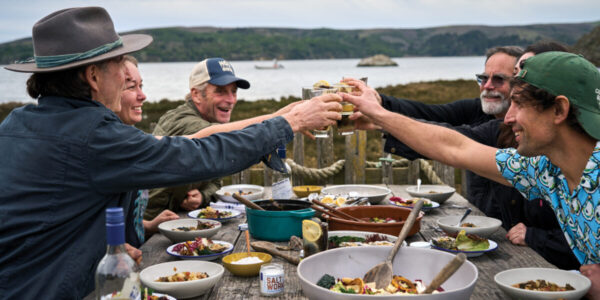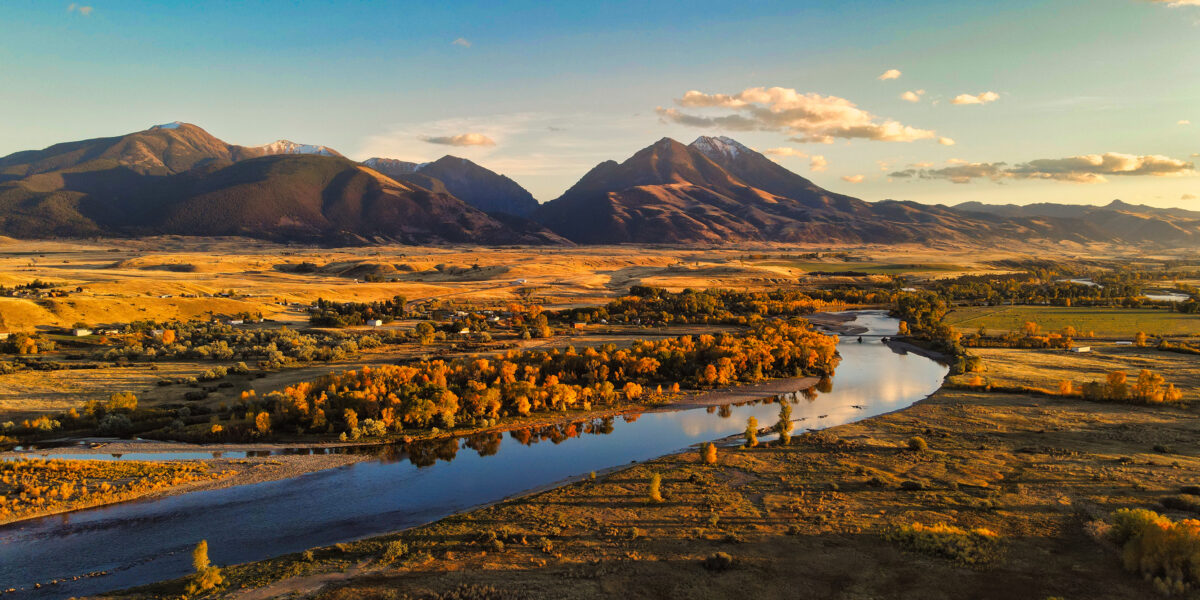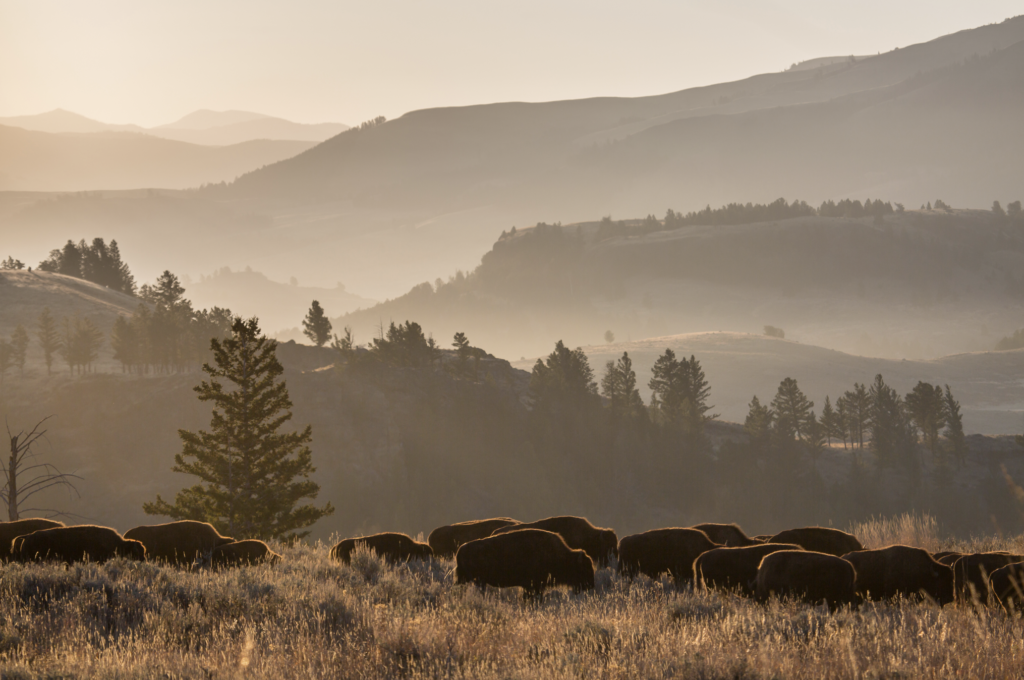
5 Things You Should Never Do in National Parks
From chasing bears to flying drones, it seems we need a reminder of how to behave in nature.

Yellowstone Productions
Given the number of altercations between humans and wildlife as of late—with viral videos of tourists chasing bears and being gored by bison in Yellowstone—perhaps it’s time for a refresher on what you shouldn’t do when visiting our National Parks. The basic principles of Leave No Trace are important guidelines to follow so that you and your family stay safe, and to ensure that the natural environment remains intact for future generations to enjoy it.
Though injuries from animals are indeed on the rise, the risk of being attacked is still relatively low, but with so many people in the park during peak season, it’s not surprising that this many things happen. Overwhelmingly, the incidents are a result of the people getting too close to the animals, like the scenario in Yellowstone where tourists were racing towards a family of bears.
“A lot of people don’t have familiarity with real, authentic wildlife. When they come into these areas they think that they’re essentially visiting a zoo. This is not a zoo. These are National Parks,” said Grant T. Johnson, a wildlife guide in Yellowstone in a CNN broadcast. “These are true wild, authentic wildernesses, and these animals are wild and they’re potentially dangerous if you push the limits with them.”

Courtesy of NPS/Neal Herbert
Here’s a reminder of what you absolutely shouldn’t do when traveling to National Parks, or other wild lands for that matter. Ultimately, staying safe and keeping wildlife wild is up to us as visitors, so do so responsibly.
Approaching Wildlife
The NPS states that every park is unique and has its own specific guidelines, including minimum wildlife viewing distances and food storage requirements. Before you head out on the trail, take a few minutes to review your park’s specific set of rules either online or at the park entrance. Many parks require you to stay a minimum distance of 25 yards from most wildlife and 100 yards from predators like bears and wolves. But some have variances; for example, Olympic National Park requires a minimum distance of 50 yards. Also, be sure to keep an eye out for agitation cues, and never feed, touch, frighten, or intentionally disturb wildlife. No photo is worth your life. And be sure to keep your eyes on the road, as vehicle strikes are the most deadly threat to animals in parks.
Taking Home Natural Souvenirs
“Souvenir hunting can have a catastrophic impact. In 1957, South Dakota’s Fossil Cycad National Monument lost its status because so many people—including researchers—had walked off with the plant fossils that inspired the park’s designation in the first place,” says an article in the National Parks Conservation Association entitled “Finders Weepers.” Not only is it rumored to be bad luck, but taking natural souvenirs can also drastically impact ecosystems, especially when done repeatedly at scale.
Leaving Trash Behind
“Pack it in, pack it out” is a basic principle that seems to be falling by the wayside, as evidenced by the massive amount of trash folks clean up at Yosemite’s annual Face Lift event each year. Since they started a decade ago, volunteers have picked up more than a million pounds of trash. Leave no trace doesn’t just mean litter, either; this also applies to carving in rocks, writing graffiti, and more.

Getty Images
Flying Drones
Flying drones is illegal in National Parks and is punishable by a $5,000 fine and up to six months in jail, so unless you have a special-use permit granted by the park, just don’t do it. Noise not only disturbs other park visitors and is a safety concern, but it also leaves wildlife feeling harassed and confused. Leave the camera work to the professionals and be present in the experience while you’re there.
Starting Fires in Undesignated Areas
Gathering around the campfire is one of the most pleasurable parts of camping. But it’s important to keep an eye out for rules and regulations at your campsite regarding where and when you can light them. Don’t leave your fire unattended, and always make sure to extinguish it properly using either water or dirt. Again, it’s important to keep the local restrictions and guidelines top of mind. In Yosemite, for instance, fires are sometimes not allowed below 8,000 feet because of wildfire danger. Always ask your park ranger upon arrival.
